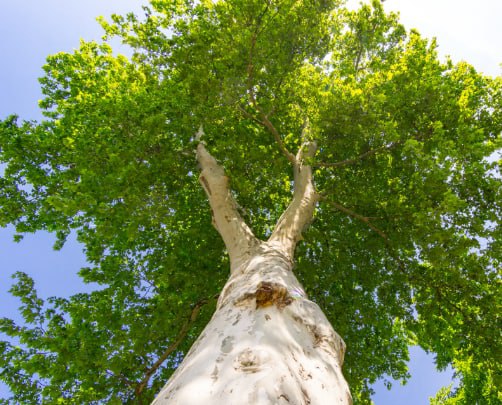
Introduction: Tree pruning is a crucial practice that enhances the aesthetics of your landscape and contributes significantly to the overall health and longevity of your trees. When done correctly, pruning can promote robust growth, improve structural integrity, and minimise the risk of diseases and pests. In this blog post, we will delve into the art of tree pruning and explore the techniques that lead to healthier, more beautiful trees.
The Benefits of Tree Pruning:
Before we delve into the techniques, let’s understand why tree pruning is so vital:
- Improved Health: Pruning removes dead or diseased branches, allowing the tree to allocate resources more effectively to healthy growth.
- Enhanced Safety: Pruning reduces the risk of falling branches, making your property safer for you and your family.
- Aesthetic Appeal: Properly pruned trees have an attractive shape and form, enhancing the beauty of your landscape.
- Better Air Circulation: Pruning opens the canopy, improving air circulation and reducing the risk of fungal infections.
- Increased Light Penetration: Removing excessive growth allows more sunlight to reach the lower branches and the surrounding vegetation.
Techniques for Healthy Tree Pruning:
- Identify Dead or Diseased Branches: Start by identifying and removing dead or diseased branches. These can be recognised by their lack of leaves, unusual discolouration, or signs of decay.
- Prune in the Right Season: The best time to prune varies depending on the type of tree. Generally, it’s best to prune during late winter or early spring when the tree is dormant. This minimises stress on the tree.
- Maintain Proper Branch Ratio: Avoid removing more than 25% of a tree’s foliage in a single pruning session. This helps the tree maintain its vigour.
- Use Proper Tools: Use sharp, clean pruning tools to make clean cuts. Ragged cuts can lead to disease.
- Follow the Branch Collar: When removing larger branches, cut just outside the branch collar, the swollen area at the branch’s base. This helps with faster healing.
- Prune for Structure: By removing competing branches, encourage a strong, well-balanced branch structure. Keep the central leader intact for upright trees.
- Step Back and Evaluate: Periodically step back and evaluate your work to ensure the tree’s overall shape and balance are to your liking.
- Consider Professional Help: For larger or more complex pruning tasks, or if unsure about the best approach, consider hiring a certified arborist or tree surgeon with the expertise and equipment to handle the job safely and effectively.
Conclusion: The art of tree pruning is a skill that can lead to healthier and more beautiful trees when practised with care and knowledge. By following these techniques and understanding the importance of each cut, you can help your trees thrive, ensuring they continue to enhance your landscape for years to come.
Call us on: 01892 352898
Click here to find out more about T Wells Tree Surgeons
Click here to complete our contact form and see how we can help with your tree’s needs.